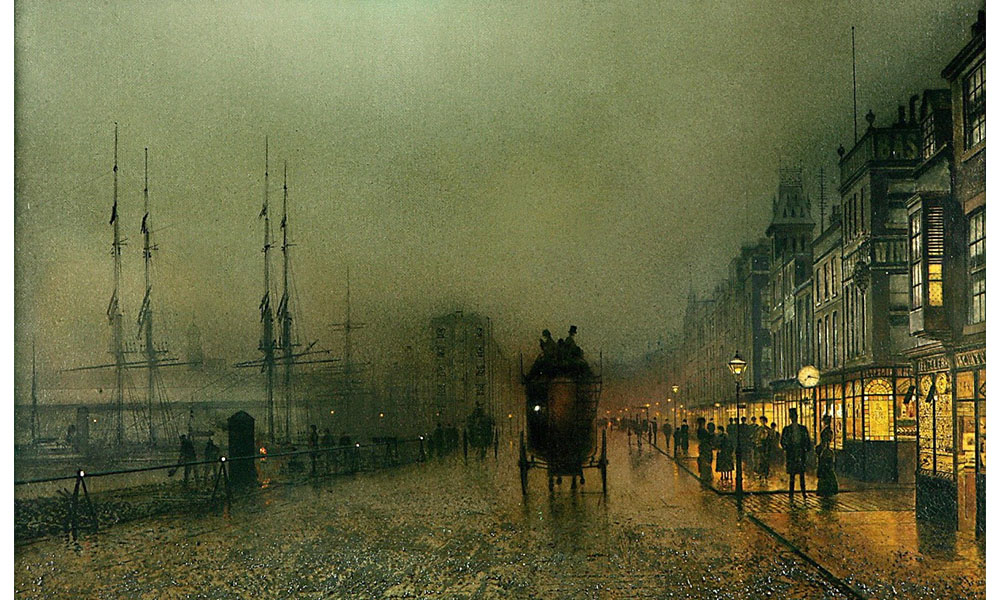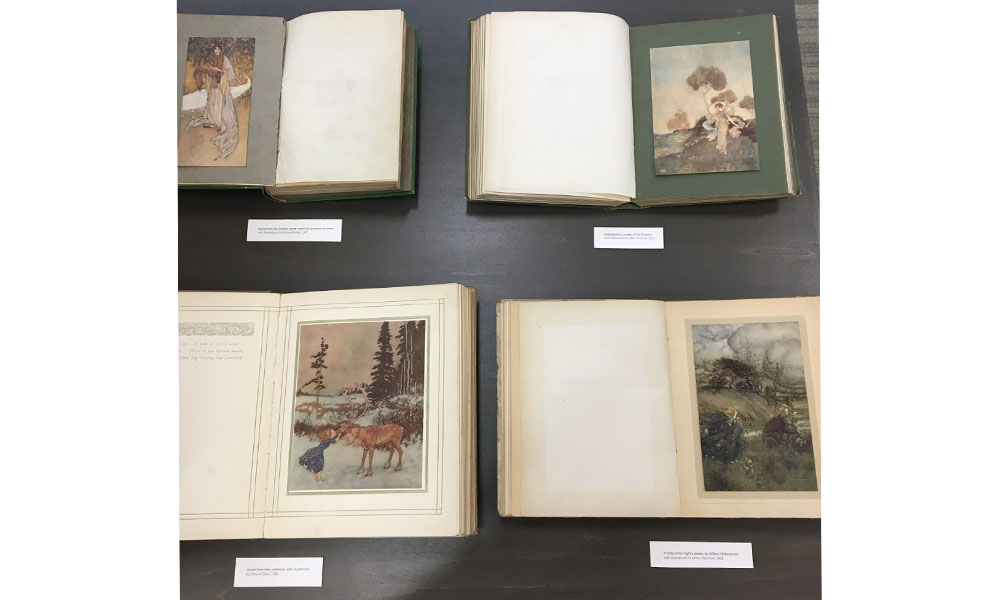- Events & Programs Home
- Calendar
- Accessibility
- Adults
-
Families & Teens
- Families & Teens Home
- 10x10 Teen Art Expo
- Art on the Rise
- Art Together: Art Making for Families with Children Ages 3–5
- Babies Sing with May Festival Minis
- Boy Scouts / Girl Scouts
- CAM Kids Day
- Family Storytime and Gallery Walk
- Family Studio: Art Making for Families with Children Ages 6–12
- Games in the Galleries
- Members-Only Baby Tours
- Public Baby Tours
- REC Reads
- Rosenthal Education Center (REC)
- Saturday Morning Art Class
- See Play Learn Kits
- Summer Camp
- Teachers
- Community Outreach
- Fundraisers
- Plan Your Own Event

- Events & Programs Home
- Calendar
- Accessibility
- Adults
-
Families & Teens
- Families & Teens Home
- 10x10 Teen Art Expo
- Art on the Rise
- Art Together: Art Making for Families with Children Ages 3–5
- Babies Sing with May Festival Minis
- Boy Scouts / Girl Scouts
- CAM Kids Day
- Family Storytime and Gallery Walk
- Family Studio: Art Making for Families with Children Ages 6–12
- Games in the Galleries
- Members-Only Baby Tours
- Public Baby Tours
- REC Reads
- Rosenthal Education Center (REC)
- Saturday Morning Art Class
- See Play Learn Kits
- Summer Camp
- Teachers
- Community Outreach
- Fundraisers
- Plan Your Own Event
Blog: CAM Uncovered
Blog: CAM Uncovered
- Home
- Plan Your Visit
- Art
-
Events & Programs
- Events & Programs Home
- Calendar
- Accessibility
- Adults
-
Families & Teens
- Families & Teens Home
- 10x10 Teen Art Expo
- Art on the Rise
- Art Together: Art Making for Families with Children Ages 3–5
- Babies Sing with May Festival Minis
- Boy Scouts / Girl Scouts
- CAM Kids Day
- Family Storytime and Gallery Walk
- Family Studio: Art Making for Families with Children Ages 6–12
- Games in the Galleries
- Members-Only Baby Tours
- Public Baby Tours
- REC Reads
- Rosenthal Education Center (REC)
- Saturday Morning Art Class
- See Play Learn Kits
- Summer Camp
- Teachers
- Community Outreach
- Fundraisers
- Plan Your Own Event
- Give & Join
- About
- Tickets
- Calendar
- Exhibitions
- Collections
- Blog
- Shop
Library Blog: Victorian Illustration Display
by Alexis Horst, Library Assistant
11/13/2019
behind the scenes , Mary R. Schiff Library and Archives , John Atkinson Grimshaw , victorian period , book , Illustrations

Liverpool Quay by Moonlight, John Atkinson Grimshaw, 1887 Photo: © Tate, London [2019]
To escape the drudgery of an overwhelmingly rational world, many Victorians—from all echelons of society—sought refuge in the unknown, the macabre, and the fantastic. Penny dreadfuls featured sensationalist, bloodthirsty characters such as Varney the Vampire, Sweeney Todd, the Demon Barber of Fleet Street, and Spring-Heeled Jack; seances, spirit photography, and crystal-gazing became popular pastimes of the wealthy (even Queen Victoria held seances to communicate with her late husband, Prince Albert); and children delighted in playing with the fairies, gnomes, and elves that (supposedly) lived in their gardens.
Contemporary literature, theatre, and visual art reflected this fascination with ‘the unnatural’, using fantasy to critique and explore issues affecting modern society, or, to simply express a sentimental yearning for less-complicated, more pastoral times. Victorian fairytale illustrations (congruous with their literature) usually depicted the latter, occasionally delving into more ‘exotic’, fantastical realms, rife with monsters, distressed damsels, and evil wizards. The four books on display are a mix of maudlin and mystical: Shakespeare’s The Tempest, with illustrations by Edmund Dulac, A Midsummer Night’s Dream, with illustrations by Arthur Rackham, Stories from the Arabian Nights, with illustrations by Edmund Dulac, and Stories from Hans Andersen, with illustrations by Edmund Dulac.

Both artists preferred three-color, or trichromatic, printing—a letterpress technique which photographed an original artwork through separate primary color filters (red, yellow, and blue), allowing the engraver to enhance minute details on each block, adjusting tone and saturation to accurately reproduce the colors of the original work.

(Left) Scheherazade, from Stories from the Arabian Nights, 1907
(Right) Titania and Oberon, from A Midsummer Night’s Dream, 1911
Visit the Mary R. Schiff Library & Archives to view these beautifully detailed examples of traditional Victorian illustration. Books will be on display through the month of November.
Related: Native Americans and Winold Reiss
Cincinnati, OH 45202
Toll Free: 1 (877) 472-4226
Museum Hours
Museum Shop
Terrace Café
Library
Cincinnati Art Museum is supported by the tens of thousands of people who give generously to the annual ArtsWave Campaign, the region's primary source for arts funding.

Free general admission to the Cincinnati Art Museum is made possible by a gift from the Rosenthal Family Foundation. Exhibition pricing may vary. Parking at the Cincinnati Art Museum is free.
Generous support for our extended Thursday hours is provided by Art Bridges Foundation’s Access for All program.

General operating support provided by:



